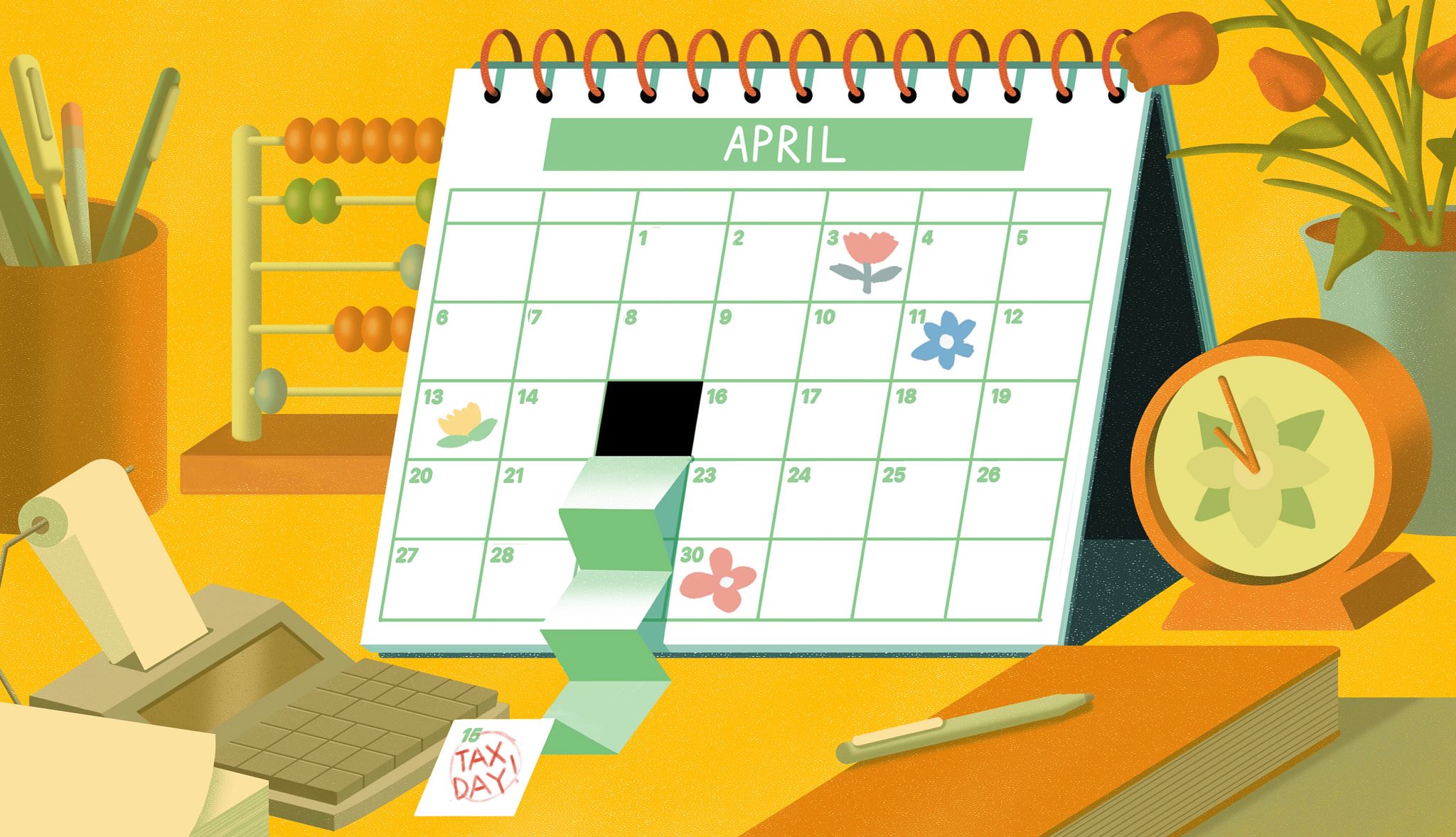
- Select a language for the TTS:
- UK English Female
- UK English Male
- US English Female
- US English Male
- Australian Female
- Australian Male
- Language selected: (auto detect) - EN
Play all audios:
You say your dog ate your W-2 form? Your printer conked out while printing your 1040? You broke down sobbing while trying to figure out what tax breaks you qualify for? Don't worry. If
you haven’t filed your tax return by midnight on April 15, you can file for an automatic extension — but you still must pay the taxes you owe (more on that below). Here's what tax
procrastinators need to know. HOW TO GET AN EXTENSION In a recent TurboTax survey, around 1 in 4 Americans said they hate doing taxes so much, they put it off until the last minute. If you
need more time to finish your tax return — say, to gather financial documents or to calculate certain tax breaks — it's easy to request an extension. The Internal Revenue Service will
automatically grant you an extension to file your tax return by Oct. 15 — all you need to do is submit a request. You can file for an extension electronically via an IRS Free File partner or
have your tax preparer do it for you. Want to file for an extension by paper? Go right ahead. Simply print out Form 4868 and mail it to the address listed on the form. Just make sure it’s
postmarked by April 15. Video: How to Get a Tax Filing Extension SPECIAL CONDITIONS If you live outside the U.S. and Puerto Rico, you’re allowed an extra two months to file your return and
pay any amount due without requesting an extension, bringing your filing deadline to June 15. The same is true for those in military or naval service outside the U.S. and Puerto Rico. If you
lived in a federally declared disaster area in 2024, you get an automatic extension. Many people living in Southern California who were affected by the wildfires in January, for example,
are allowed to file their taxes as late as Oct. 15. The IRS keeps a running list of disaster areas granted an extension. You can also get an extension by paying all or part of your estimated
income tax due and indicating the payment is for an extension using Direct Pay, the Electronic Federal Tax Payment System (EFTPS), or a credit or debit card. This way, you won’t have to
file a separate extension form, and you'll receive a confirmation number for your records. But there is a caveat — and it's a big one. Even if you get an extension, the IRS still
wants you to pay your income tax by April 15. You’ll need to estimate the taxes you owe and pay at least 90 percent of those taxes by the April 15 deadline to avoid penalties. CAN’T PAY YOUR
TAXES BY APRIL 15? STILL FILE FOR A TAX EXTENSION Even if you can’t pay your taxes on time, you should still file for an extension. By doing so, you'll avoid penalties for filing late,
which amount to 5 percent of the taxes due each month. (The penalty maxes out at 25 percent.) You'll still get hit with a monthly 0.5 percent penalty (up to 25 percent), plus interest,
until you pay your taxes, but the sting won't be as bad. If you’re unable to pay taxes because of financial hardship, you can ask the IRS for an installment payment plan. In most
cases, you can arrange one with the online payment application tool.









